Green Papaya
The papaya (/pəˈpaɪə/ or US /pəˈpɑːjə/) (from Carib via Spanish), papaw, (/pəˈpɔː/) or pawpaw (/ˈpɔːˌpɔː/ is the fruit of the plantCarica papaya, and is one of the 22 accepted species in the genus Carica of the plant family Caricaceae. It is native to the tropics of the Americas, perhaps from southern Mexico and neighbouring Central America. It was first cultivated in Mexico[citation needed] several centuries before the emergence of the Mesoamerican classical civilizations.
The papaya is a large, tree-like plant, with a single stem growing from 5 to 10 m (16 to 33 ft) tall, with spirally arranged leaves confined to the top of the trunk. The lower trunk is conspicuously scarred where leaves and fruit were borne. The leaves are large, 50–70 cm (20–28 in) in diameter, deeply palmately lobed, with seven lobes. Unusually for such large plants, the trees are dioecious. The tree is usually unbranched, unless lopped. The flowers are similar in shape to the flowers of the Plumeria, but are much smaller and wax-like. They appear on the axils of the leaves, maturing into large fruit - 15–45 cm (5.9–17.7 in) long and 10–30 cm (3.9–11.8 in) in diameter. The fruit is ripe when it feels soft (as soft as a ripe avocado or a bit softer) and its skin has attained an amber to orange hue.
Carica papaya was the first transgenic fruit tree to have its genome deciphered.
Uses
Papayas can be used as a food, a cooking aid and in traditional medicine. The stem and bark may be used in rope production.
Papaya flower bud cooked as vegetable in Manado cuisine
Meat tenderizing
Both green papaya fruit and the tree's latex are rich in papain, a protease used for tenderizing meat and other proteins. Its ability to break down tough meat fibers was used for thousands of years by indigenous Americans. It is now included as a component in powdered meat tenderizers.
Nutrients, phytochemicals and culinary practices
Papaya fruit is a significant source of vitamin C and folate, but otherwise has generally low content of nutrients (right table). Papaya skin, pulp and seeds also contain a variety of phytochemicals, including carotenoids and polyphenols.
The ripe fruit of the papaya is usually eaten raw, without skin or seeds. The unripe green fruit can be eaten cooked, usually in curries,salads, and stews. Green papaya is used in Southeast Asian cooking, both raw and cooked. In Thai cuisine, papaya is used to makeThai salads such as som tam and Thai curries such as kaeng som when still not fully ripe. In Indonesian cuisine, the unripe green fruits and young leaves are boiled for use as part of lalab salad, while the flower buds are sautéed and stir-fried with chillies and green tomatoes as Minahasan papaya flower vegetable dish. Papayas have a relatively high amount of pectin, which can be used to makejellies. The smell of ripe, fresh papaya flesh can strike some people as unpleasant. In Brazil, the unripe fruits are often used to make sweets or preserves.
The black seeds of the papaya are edible and have a sharp, spicy taste. They are sometimes ground and used as a substitute for black pepper.
In some parts of Asia, the young leaves of the papaya are steamed and eaten like spinach.
Traditional medicine
In some parts of the world, papaya leaves are made into tea as a treatment for malaria. Antimalarial and antiplasmodial activity has been noted in some preparations of the plant, but the mechanism is not understood and no treatment method based on these results has been scientifically proven.
In the belief that it can raise platelet levels in blood, papaya may be used as a medicine for dengue fever. Papaya is marketed in tablet form to remedy digestive problems.
Papain is also applied topically for the treatment of cuts, rashes, stings and burns.[citation needed] Papain ointment is commonly made from fermented papaya flesh, and is applied as a gel-like paste. Harrison Ford was treated for a ruptured disc incurred during filming of Indiana Jones and the Temple of Doom by papain injections.
Preliminary research
Laboratory studies have shown that papaya seeds have contraceptive effects in adult male langur monkeys, and possibly in adult male humans. Phytochemicals in papaya may suppress the effects of progesterone.
Papaya juice has an in vitro antiproliferative effect on liver cancer cells, possibly due to lycopene or immune system stimulation. Papaya seeds might contain antibacterial properties against Escherichia coli, Staphylococcus aureus or Salmonella typhi.
Allergies and side effects
Papaya releases a latex fluid when not quite ripe, which can cause irritation and provoke allergic reaction in some people.
The latex concentration of unripe papayas is speculated to cause uterine contractions, which may lead to a miscarriage. Papaya seed extracts in large doses have a contraceptive effect on rats and monkeys, but in small doses have no effect on the unborn animals.
Excessive consumption of papaya can cause carotenemia, the yellowing of soles and palms, which is otherwise harmless. However, a very large dose would need to be consumed; papaya contains about 6% of the level of beta carotene found in carrots (the most common cause of carotenemia).

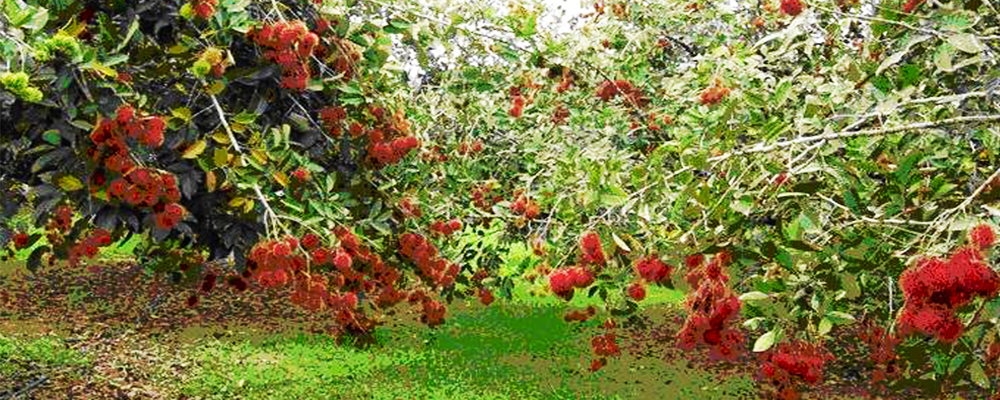
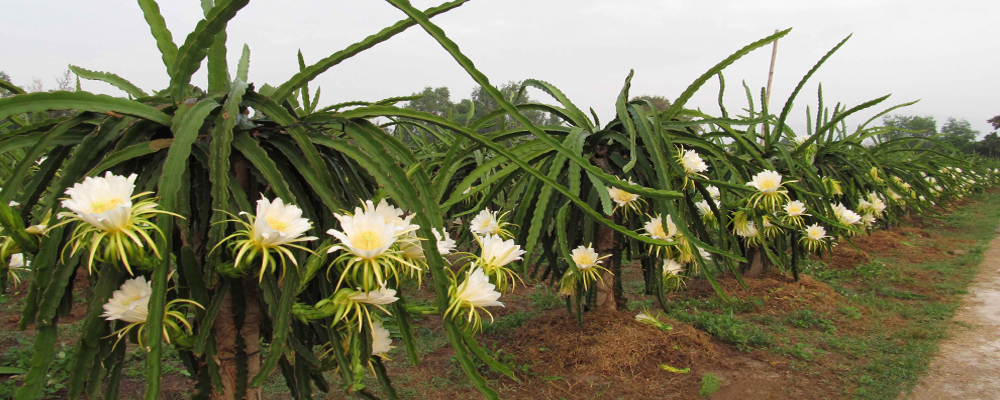
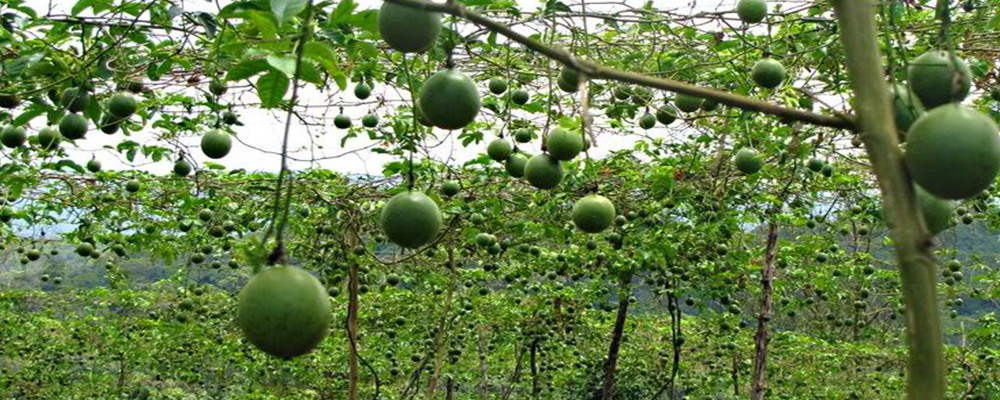
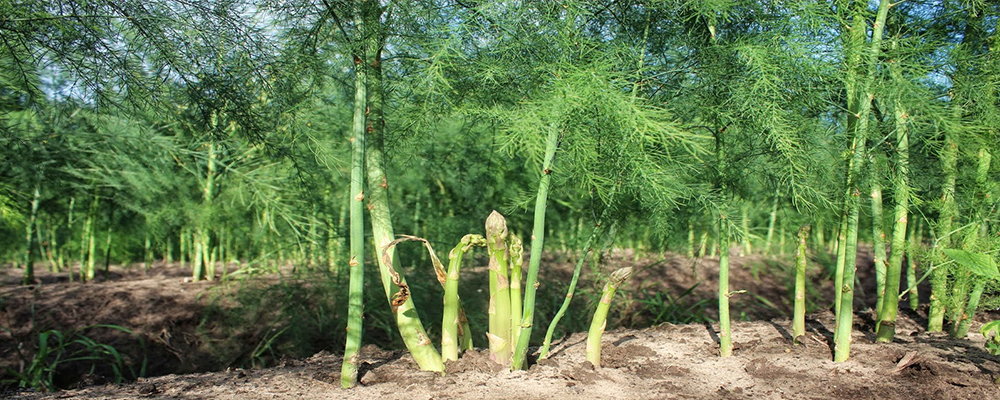
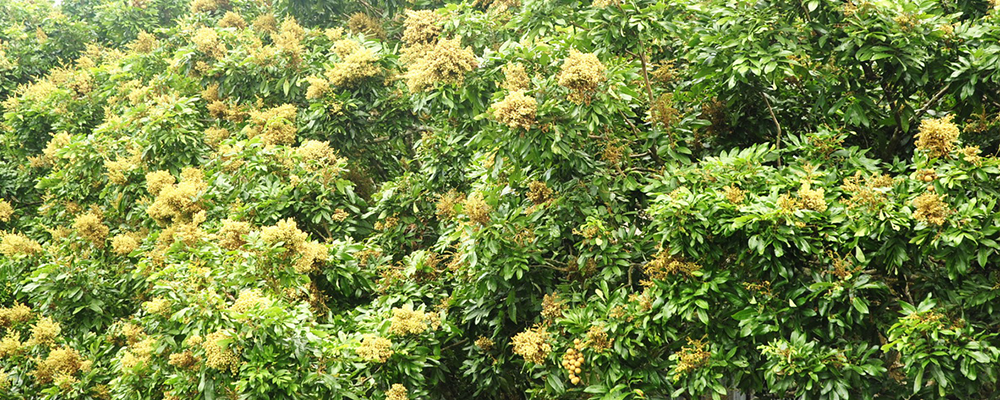

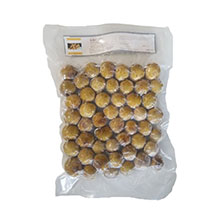
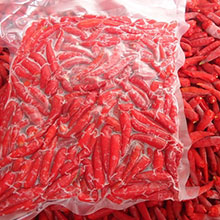
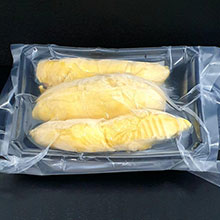
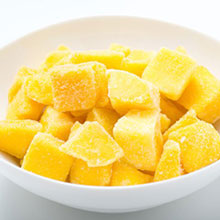
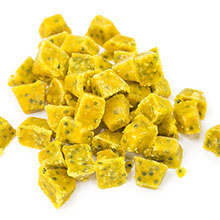

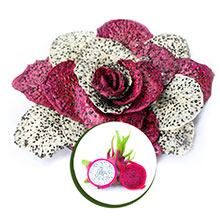
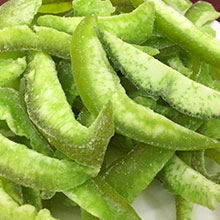
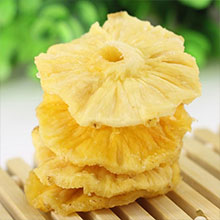
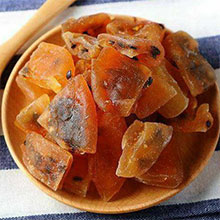
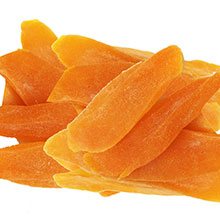
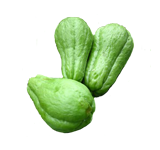
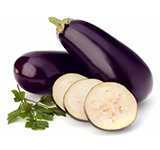
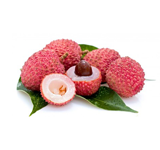
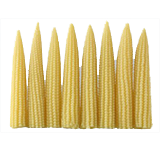
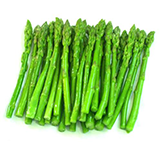
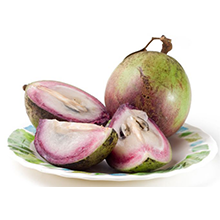
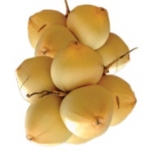
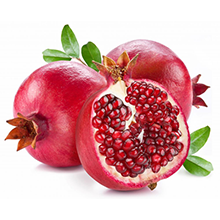
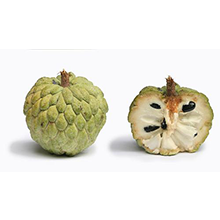
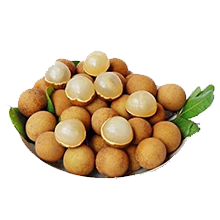
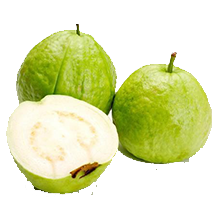
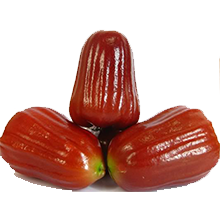
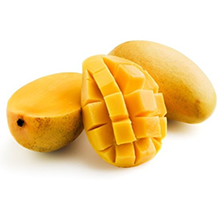
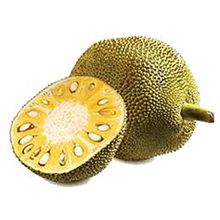
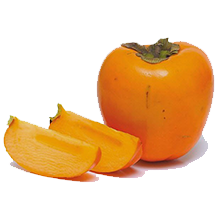
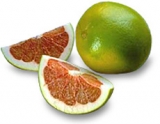
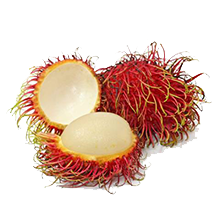
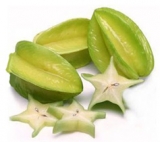
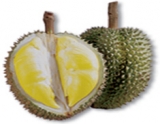
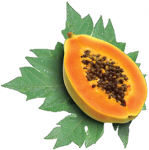
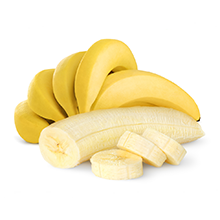
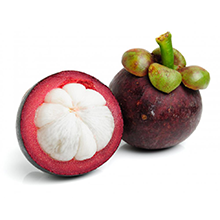
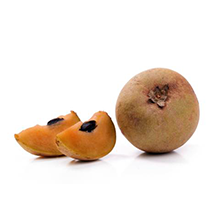
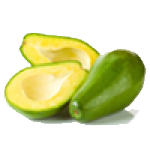
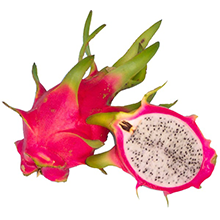
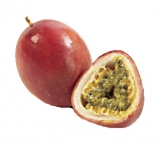
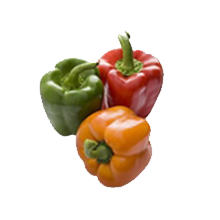
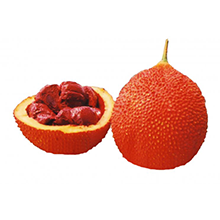
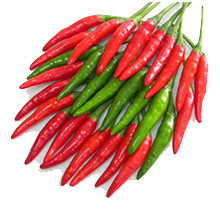
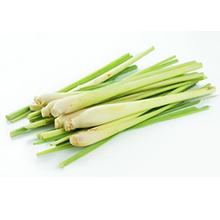
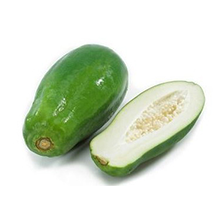
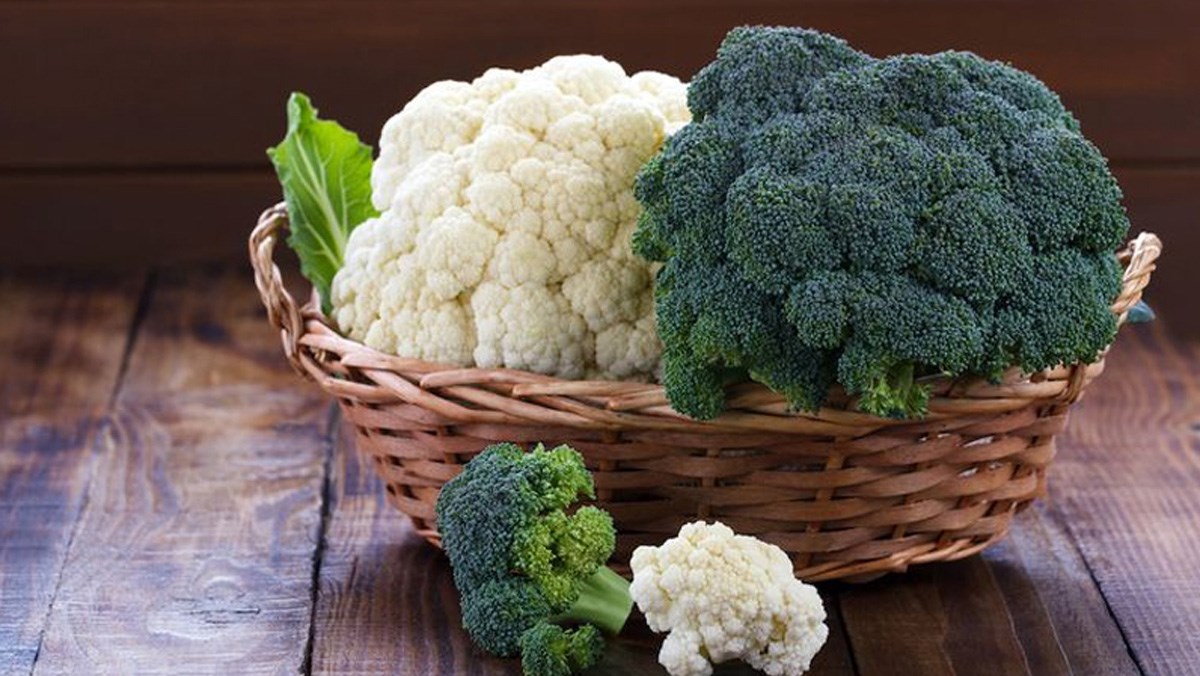

.png)
